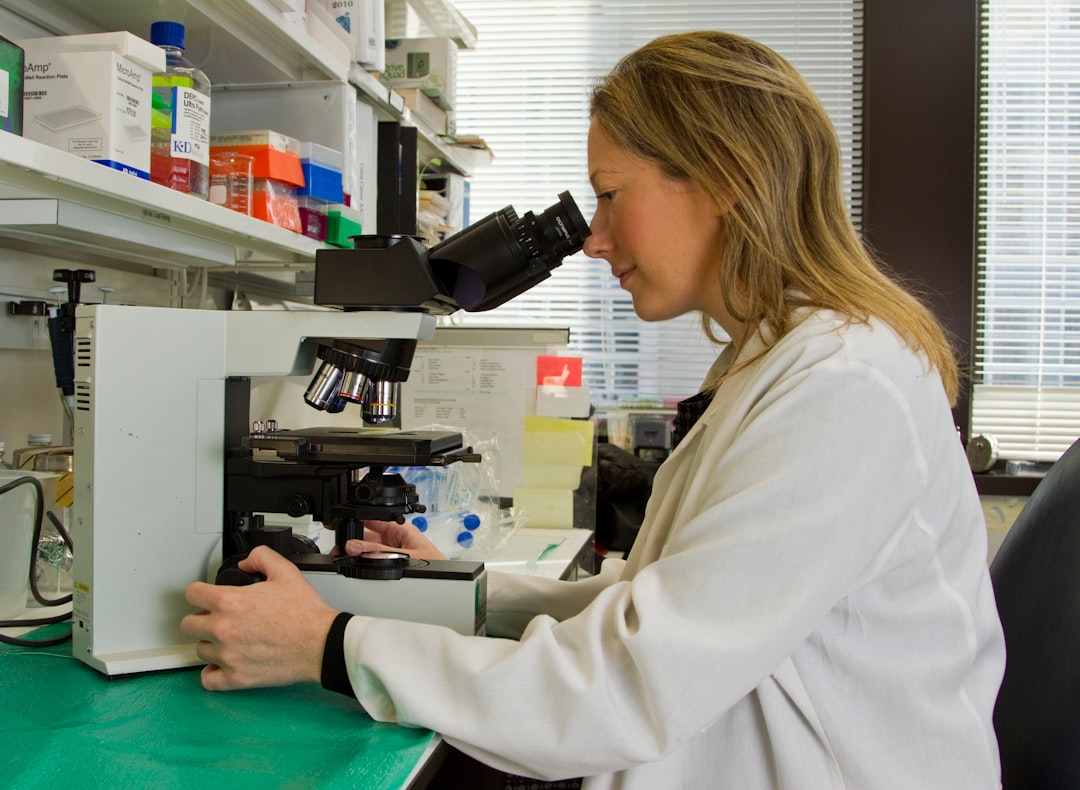What is it about?
Inactivation of enveloped and non-enveloped viruses in the process of chemical treatment and gamma irradiation of bovine-derived grafting materials.
Featured Image
Why is it important?
BACKGROUND: Xenografts, unlike other grafting products, cannot be commercialized unless they conform to stringent safety regulations. Particularly with bovine-derived materials, it is essential to remove viruses and inactivate infectious factors because of the possibility that raw materials are imbrued with infectious viruses. The removal of the characteristics of infectious viruses from the bovine bone grafting materials need to be proved and inactivation process should satisfy the management provision of the Food and Drug Administration (FDA). To date, while most virus inactivation studies were performed in human allograft tissues, there have been almost no studies on bovine bone. METHODS: To evaluate the efficacy of virus inactivation after treatment of bovine bone with 70% ethanol, 4% sodium hydroxide, and gamma irradiation, we selected a variety of experimental model viruses that are known to be associated with bone pathogenesis, including bovine parvovirus (BPV), bovine herpes virus (BHV), bovine viral diarrhea virus (BVDV), and bovine parainfluenza-3 virus (BPIV-3). The cumulative virus log clearance factor or cumulative virus log reduction factor for the manufacturing process was obtained by calculating the sum of the individual virus log clearance factors or log reduction factors determined for individual process steps with different physicochemical methods. RESULTS: The cumulative log clearance factors achieved by three different virus inactivation processes were as follows: BPV ≥ 17.73, BHV ≥ 20.53, BVDV ≥ 19.00, and BPIV-3 ≥ 16.27. On the other hand, the cumulative log reduction factors achieved were as follows: BPV ≥ 16.95, BHV ≥ 20.22, BVDV ≥ 19.27, and BPIV-3 ≥ 15.58.
Perspectives
Treatment with 70% ethanol, 4% sodium hydroxide, or gamma irradiation was found to be very effective in virus inactivation, since all viruses were at undetectable levels during each process. We have no doubt that application of this established process to bovine bone graft manufacture will be effective and essential.
Dr. Kwang il Lee
The Scripps Research Institute
Read the Original
This page is a summary of: Inactivation of enveloped and non-enveloped viruses in the process of chemical treatment and gamma irradiation of bovine-derived grafting materials, Xenotransplantation, November 2012, Wiley,
DOI: 10.1111/xen.12011.
You can read the full text:
Contributors
The following have contributed to this page










